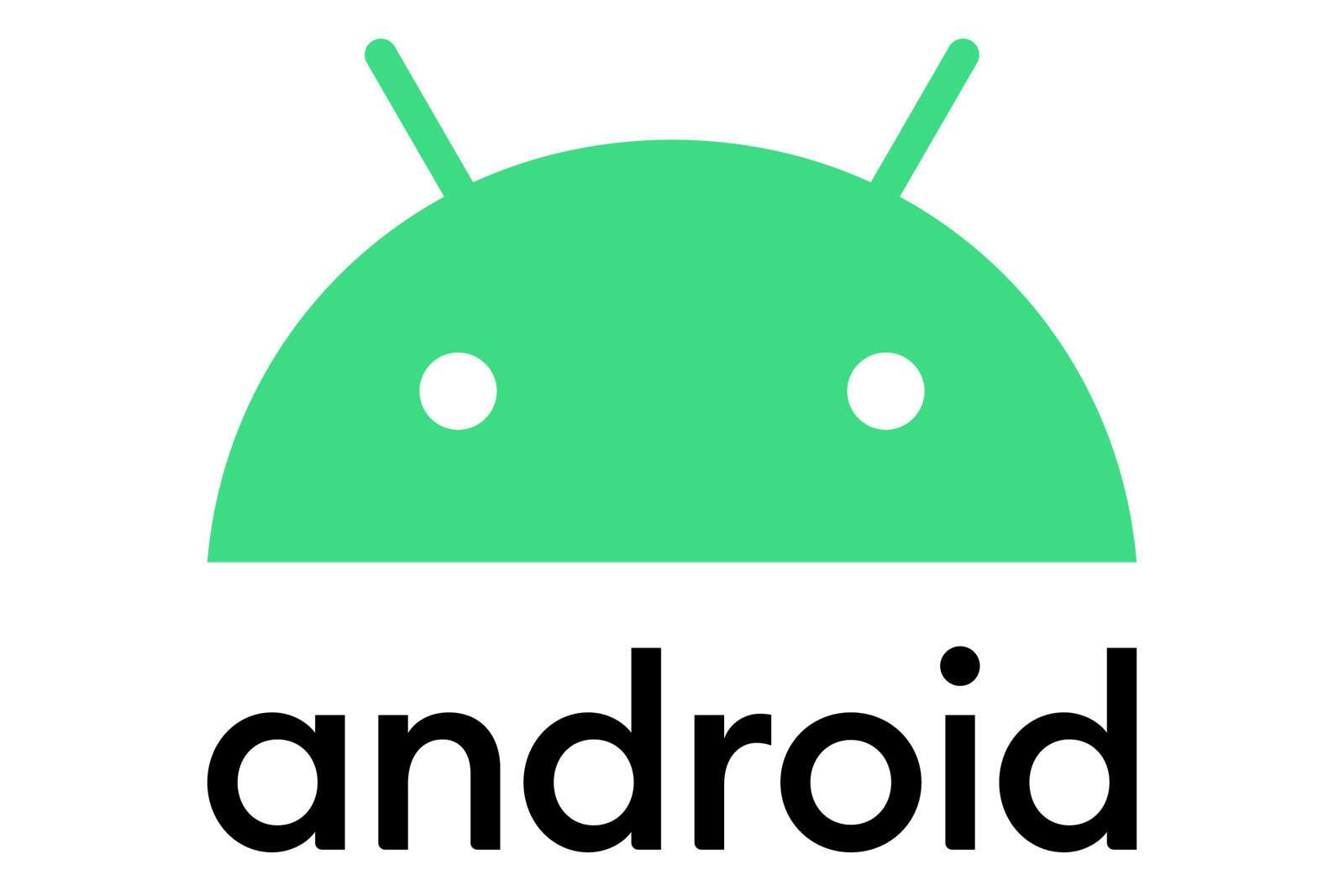Display advertising might be Google's bread and butter, but not all ads are created equal — obnoxious banners, pop-ups, and interstitials are a recipe for bad user experiences and low click-through rates. That's why the search giant built an ad-blocking feature into Chrome, and why it's banning another category of ads — lockscreen advertisements — from applications hosted on the Google Play Store.
The blanket ban covers all Android applications that inject advertisements into the lockscreens of smartphones and tablets. But it isn't as cut-and-dry as it sounds: Applications such as Slidejoy, which dole out rewards in exchange lockscreen real estate, are exempt, because they're "exclusive purpose" is "that of a lockscreen." Here's the relevant language from the Play Store's Terms of Service page:
Lockscreen Monetization
Unless the exclusive purpose of the app is that of a lockscreen, apps may not introduce ads or features that monetize the locked display of a device.
Basically, developers can still monetize applications designed for the lockscreen with ads, but non-lockscreen applications like file explorers, flashlight utilities, and shady games won't make the cut.
It remains to be seen how forcefully Google will apply the new rule — it's not uncommon to see an ad-free application gain a following and add advertisements later. (ES File Explorer, for example, added lockscreen sponsor placements in an update.) We'll have to wait and see how those applications are treated under the new rule.
Source: Google Play Developer Policy Center Via: Android Police
from xda-developers http://ift.tt/2zE8aVp
via IFTTT


Aucun commentaire:
Enregistrer un commentaire